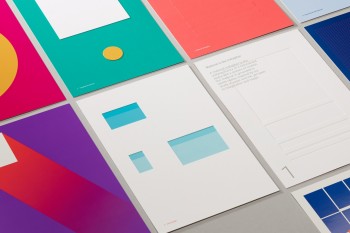
Matias Duarte thinks it’s time to ditch archaic design concepts like rows of icons
Matias Duarte recently sat down with Wired for a very interesting interview surrounding his ultimate profession: design. The man, who was tasked with transforming Android from the grotesque monster it was pre-Ice Cream Sandwich to the beauty we have today, gave his thoughts on the future of design and whether he felt change was necessary.
What it boils down to? Change is always necessary. Duarte gives a nod to other industries by pointing out that design of products has always evolved over the years to be more natural for consumers to use, but that hasn’t quite been the case in the mobile realm.
His biggest example was how the typical smartphone software experience is now driven by accessing many different bite-sized apps organized as a row of icons, something that was “crystallized” with the iPhone’s launch and success. He’s right — that row of icons is reminiscent of the PC operating system GUIs from decades ago (and still in use on those platforms today). It’s a common point of comfort for any consumer, but it’s one Duarte says needs to fade away in favor of something more “human.”
His dream is to see technology progress in a way that the user experience for different types of devices can mesh in seamless fashion instead of users having to initiate or access everything with an icon. The mundanity of such systems isn’t so much of a pain that they can’t be considered sufficient for now, but the goal is to go beyond the bare minimum needed for sufficiency.
You can see much of this in Android Wear, a smart watch platform Duarte has had a strong hand in designing, as opposed to the Apple Watch, which was handily criticized for trying to push that “rows of icon” mentality into the tiny form factor that fits on your wrist.
The need for such an evolution is definitely there. “Devices” are no longer confined to the slates that can fit in our pockets. They can be on your wrist, in your ears, in your eyes, and even inside your skin. They can be worn as clothes, or propped up on a television stand in your living room. For these devices, rows of icons simply won’t cut it.
The only problem right now is no one is yet sure what that next big evolution will be, but Duarte and many others like him are determined to keep exploring the space to prepare for a wild future. Be sure to give the interview a read right here.

